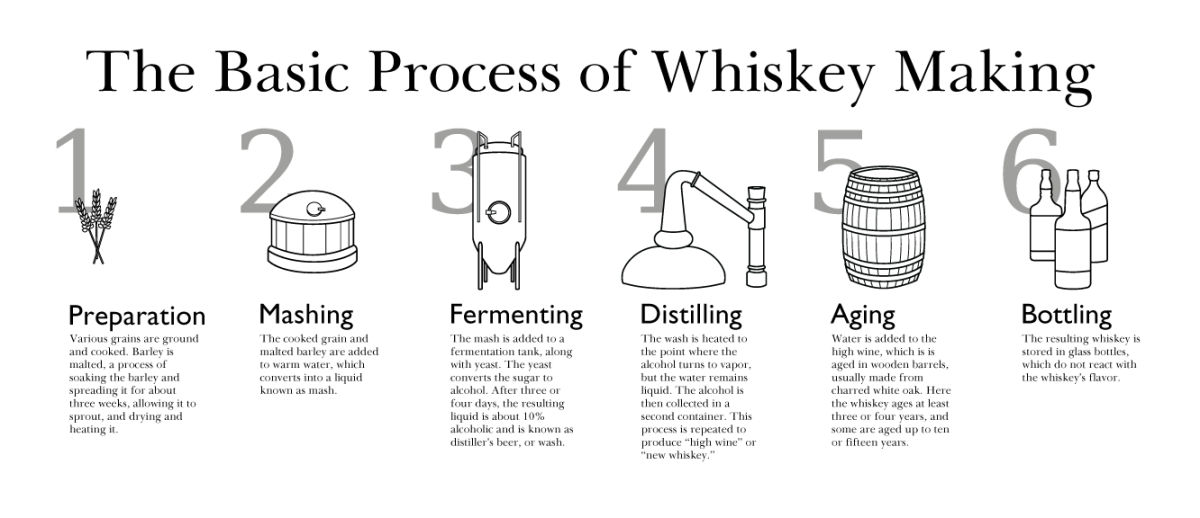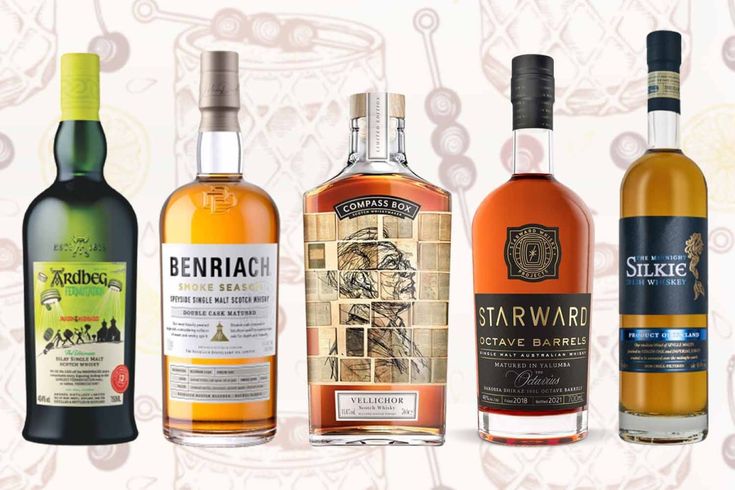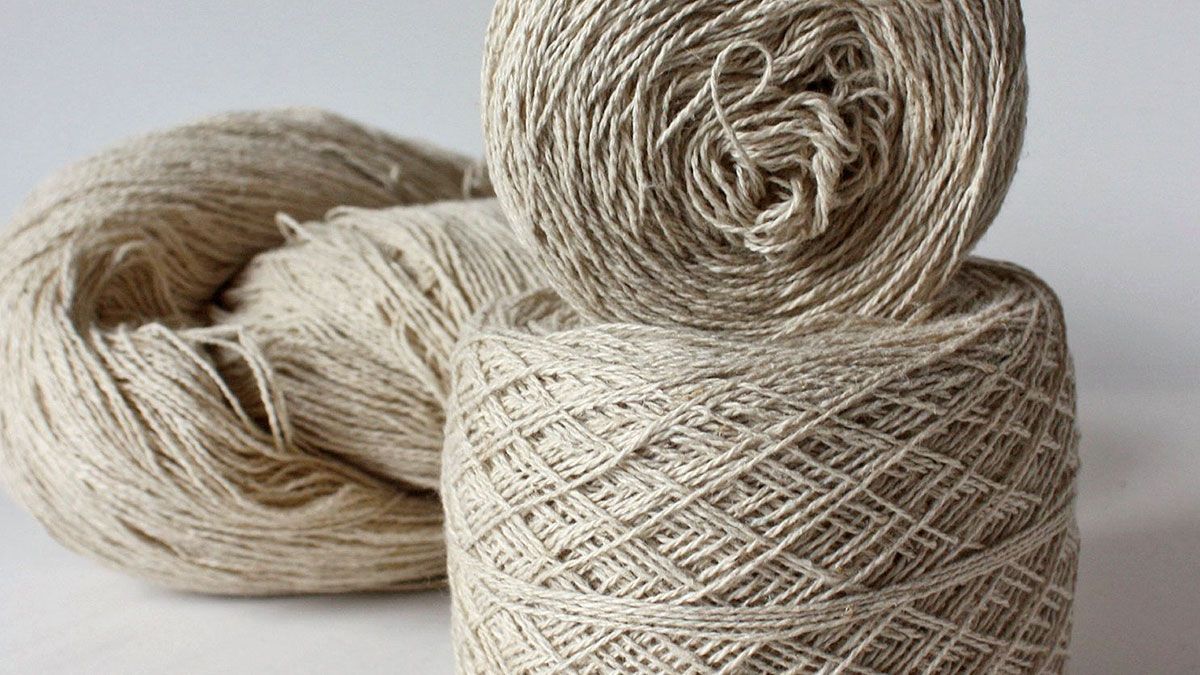Whiskey, a beloved spirit with a rich history, is produced in various regions around the globe, each with its unique methods and traditions. This article delves into the origins and production processes of some of the world’s best whiskeys.
1. Scotland: The Home of Scotch Whisky
Scotland is renowned for producing some of the finest whiskeys in the world, known as Scotch. The country is divided into five whisky-producing regions, each imparting distinct characteristics to their spirits:
a) Speyside: Known for elegant, complex whiskies with fruit and honey notes.
b) Highlands: Produces a diverse range, from light and floral to rich and peated.
c) Islay: Famous for heavily peated, smoky whiskies.
d) Lowlands: Typically lighter, grassier whiskies.
e) Campbeltown: Known for slightly salty, briny flavors.
Scottish distilleries use malted barley as the primary grain. The malting process involves soaking barley in water, allowing it to germinate, then drying it in kilns. In some regions, peat fires are used in this drying process, imparting the characteristic smoky flavor.
2. United States: The Bourbon Frontier
While whiskey is produced throughout the U.S., Kentucky is the heartland of bourbon production. By law, bourbon must be made from a mash bill of at least 51% corn and aged in new, charred oak barrels. This aging process gives bourbon its distinctive sweet, vanilla, and caramel notes.
Notable bourbon-producing areas include:
- Kentucky Bourbon Trail
- Tennessee (home to Jack Daniel’s, though technically not bourbon)
3. Ireland: The Emerald Isle’s Smooth Spirits
Irish whiskey is known for its smoothness, often attributed to triple distillation. Unlike Scotch, Irish whiskey typically uses a mix of malted and unmalted barley and is usually unpeated. Famous distilleries are scattered throughout the country, with a concentration in Dublin and Cork.
4. Japan: The Rising Star of Whisky
Japanese whisky, modeled after Scotch, has gained international acclaim in recent years. Major producers like Suntory and Nikka have distilleries in various parts of Japan, often chosen for their pure water sources and unique microclimates.

Production Process:
Regardless of origin, the best whiskeys share common production steps:
- Malting: Grains are malted to release enzymes necessary for fermentation.
- Mashing: Malted grains are mixed with hot water to extract sugars.
- Fermentation: Yeast is added to the liquid (wort) to convert sugars into alcohol.
- Distillation: The fermented liquid is heated in stills. The alcohol vapor is collected and condensed back into liquid.
- Maturation: The spirit is aged in wooden casks, often for many years. This imparts color and additional flavors.
- Blending: Many whiskeys are blended to achieve consistent flavor profiles.
Key Factors in Producing the Best Whiskeys:
- Quality of Ingredients: The best distilleries source high-quality grains and pure water.
- Distillation Expertise: Master distillers control every aspect of the process.
- Cask Selection: The type of wood and previous contents of the cask significantly influence flavor.
- Aging: Generally, longer aging periods result in more complex flavors.
- Climate: The local climate affects how whiskey matures in the barrel.
- Tradition and Innovation: The best producers balance time-honored methods with innovative techniques.
In conclusion, the world’s best whiskeys are a product of their environment, ingredients, and the expertise of their creators. Whether it’s a peaty Islay Scotch, a smooth Irish whiskey, a sweet Kentucky bourbon, or a meticulously crafted Japanese malt, each represents a unique expression of this timeless spirit. There are bars and restaurants around the world which serve best whisky, for more brands refer to the link “ best whisky brands” .




1 thought on “How World’s Finest Whiskeys are Made”